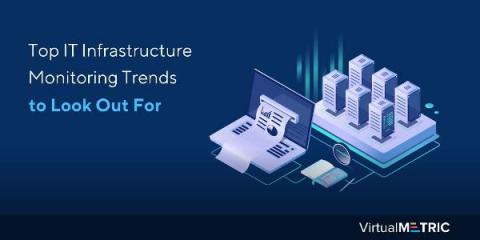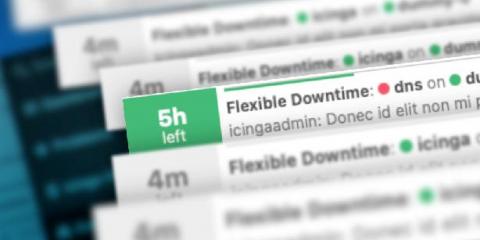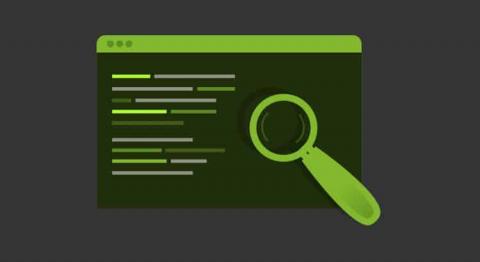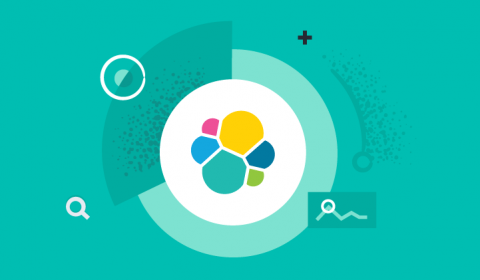How to overcome app development roadblocks with modern processes
As a result of the COVID-19 pandemic, the majority of companies (52%) say application development is a high priority initiative at their organization. But teams focused on building or improving apps face a number of bottlenecks — the three biggest of which are people, processes, and technology. Puppet and Pulse surveyed 200 IT executives to discover how modern technologies and processes are helping app development teams overcome common roadblocks and adapt quickly to the changing economy.











